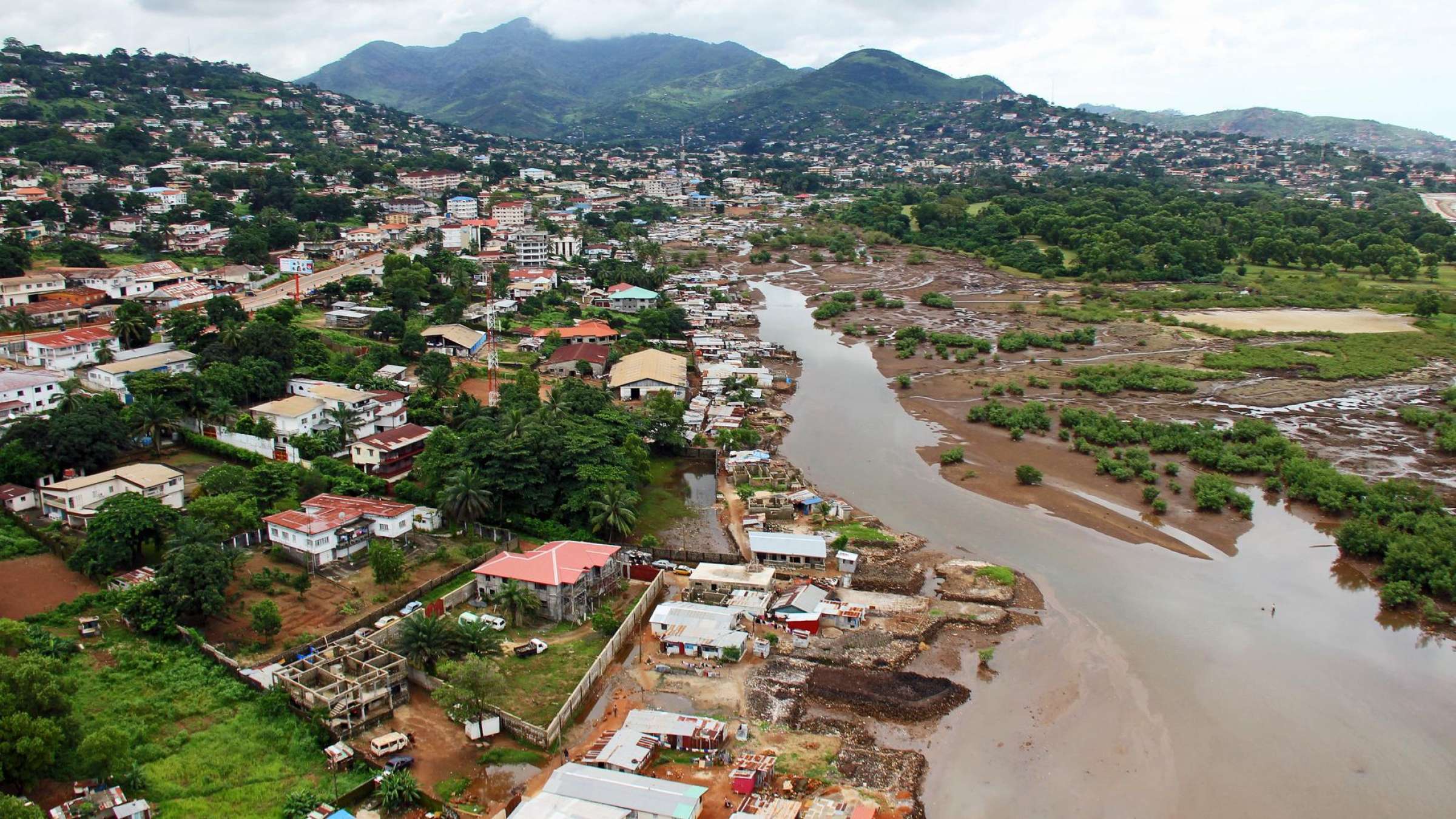Environmental sustainability is a critical element of disaster risk reduction
GP2022 has striven to minimize negative environmental impacts and inspire for change
The UN Office for Disaster Risk Reduction (UNDRR) and the Government of Indonesia have aspired to organize a sustainable seventh session of the Global Platform for Disaster Risk Reduction, that minimized negative environmental impacts and provided benefits to local hosts and communities. UNDRR recognizes the inherent linkages between the natural environment and disaster risk reduction. As a member of the United Nations family, we are committed to reduce our environmental footprint and to lead by example. This includes a commitment to organizing environmentally sustainable meetings. To this end, we draw on UN guidance for sustainable event management, aiming to minimize negative environmental impacts and leaving a beneficial legacy for the host community and all involved.
ENVIRONMENT AND DISASTER RISK REDUCTION
Nature is critical for building resilience to disasters
The world is rapidly reaching a point where we may no longer have the ability to mitigate or repair impacts from cascading and systemic risk, particularly in relation to the effects of global warming in a world currently on course for catastrophic temperature increase of 3˚C or more.
Ecosystems provide disaster risk reduction services as well as other services of productive and cultural value, which contribute to building local resilience to disasters and climate change. These services support basic needs before, during, and after disaster events. Degrading ecosystems represent a major driver of disaster risk, with the most vulnerable often forced to live in areas with high exposure to disaster risk, such as flood zones. Disaster risk reduction is nowadays seen as an integral part of international policy discussions on sustainable development and climate change. Accelerating and integrating disaster risk management to sustainable development and climate action is one of the cross-cutting themes of the Global Platform for Disaster Risk Reduction (GP2022).
Nature-based solutions are viable options to reduce disaster risk as they offer multiple benefits, are cost-effective and have a long-term perspective. They form a critical component of strengthening community resilience. Everyone can take climate action and do their part in strengthening the understanding of the links between disasters and ecosystems.


 The Global Platform for Disaster Risk Reduction has striven to be a sustainable event, balancing environmental, economic and social responsibilities. The GP2022 has aimed to:
The Global Platform for Disaster Risk Reduction has striven to be a sustainable event, balancing environmental, economic and social responsibilities. The GP2022 has aimed to: